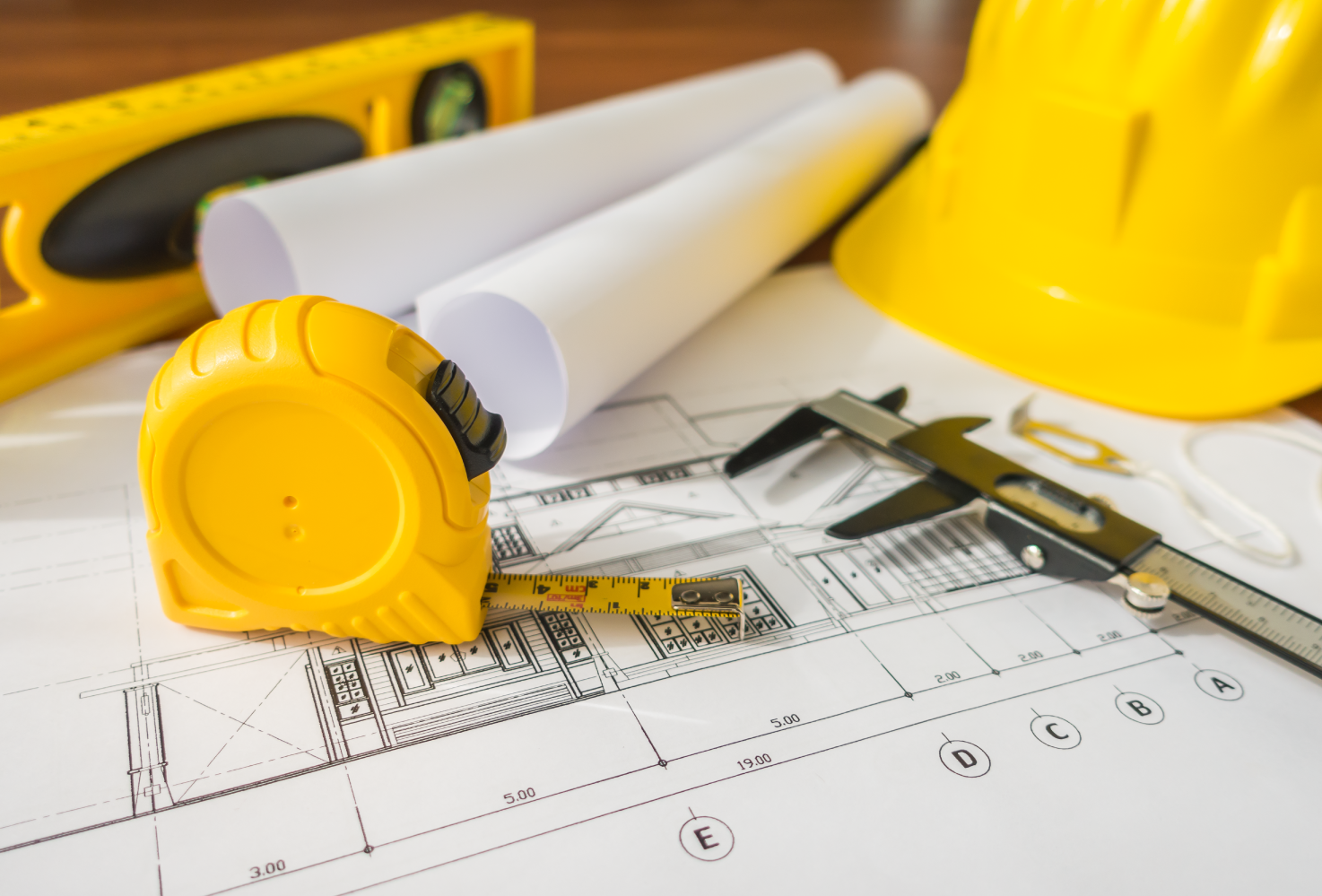Funding for innovative housing models...

Early February saw an exciting announcement from Carl Sargeant at our joint Innovative Housing Conference with Welsh Government and WLGA - a fund to kickstart the development of a new wave of non-traditional housing in Wales.
Dr David Holmes, Senior Development and Standards Manager at Welsh Government and one of the architects of the programme, recently spoke to CHC’s Technical Services Network and provided some background on the programme’s aims. So, here’s what we know so far:
- There’s an initial £20m available, taken from Welsh Government reserves, with the promise that “if you can deliver, I’ll look at a bigger scheme in the future.”
- There’ll be a competitive bidding process. Details haven’t been firmed up yet, but we understand that the money will be split, with half available from April 2017 and the second half in April 2018. Expressions of interest will be requested by Welsh Government very soon.
- There will be more flexibility on space standards. While Welsh Government is fairly happy that space standards in Wales are broadly working, the new programme will accept designs which do not necessarily conform to current models, inviting designs which are big enough to accommodate people’s needs for everyday living.
- Adaptable designs will be encouraged. Homes should be adjustable to meet the changing needs of households, and flexibility to social or demographic changes need to be considered to ensure that landlords are able to respond to issues thrown up by changes, like those we’ve experienced with welfare reform.
- Welsh Government will not be prescriptive regarding the methods of construction utilised in the development of the new types of housing and will invite novel approaches. To be successful in bidding for funding, developers will need to demonstrate that the homes will be built efficiently and quickly and will use the most appropriate method of construction for that site.
- An eco-friendly approach will be demanded. To access the funding, designs will need to be cheap to run in order to minimise fuel poverty, built using minimal natural resources and responsive to changing climactic conditions.
- Consideration of place-making will be crucial to successful bids. The amenity value of developments needs to be considered and designers will need to provide an environment in which people want to live.
So, still plenty of unknowns, but we’ll ensure that housing associations have a voice on the steering group and we’ll feedback throughout the process to keep our members updated. In the meantime, get your forward-thinking caps on!